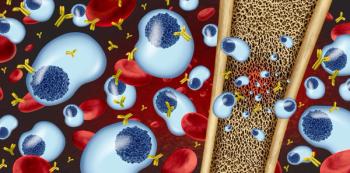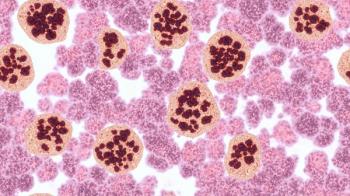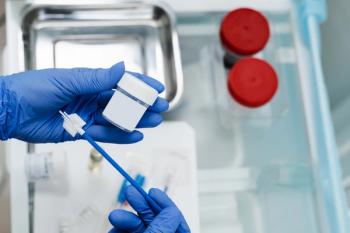
Efforts to Clarify Biosimilars Continues with New FDA Draft Guidance
The 15-page document offers guidance on statistical approaches to evaluating biosimilar similarity.
The FDA released a new draft guidance regarding biosimilars and the statistical approaches to evaluating the similarity of biological products.
The draft includes sections on the general principles for evaluating analytical similarity, details on analytical similarity assessment plans, the development of the risk ranking of attributes, the determination of the statistical methods to be used, the statistical analysis plan, and the statistical methods for evaluation.
According to the Regulatory Affairs Professionals Society (RAPS), the draft is meant to serve as a companion to the 2015 guidance, “Quality Considerations in Demonstrating Biosimilarity of a Therapeutic Protein Product to a Reference Product.”
To acquire reference product lots, the FDA recommends a minimum of 10 reference product lots to be sampled and the lots should represent the variability of the reference product, RAPS reported.
Additionally, a minimum of 10 biosimilar lots should be included in the analytical similarity of assessment to allow for meaningful comparisons, the FDA recommends.
“The analytical similarity acceptance criteria should be derived using data from an analysis of the US-licensed reference product, and the similarity assessment should be based on a direct comparison of the proposed biosimilar product to the US-licensed reference product,” the draft reads.
Normally, the final analytical similarity report should be submitted as part of the
“FDA also lays out 3 tiers with appropriate similarity acceptance criteria that should help support a demonstration of similarity,” RAPS wrote.
The 3 tiers are as follows: tier 1 is equivalence testing, tier 2 is the use of quality ranges, and tier 3 uses a visual comparisons approach.
According to the FDA, tier 1 is typically recommended for quality attributes with the highest risk ranking and should generally include assays that evaluate clinically relevant mechanisms of action of the product for each indication approval is being sought. Tier 2 is recommended for quality attributes with a lower risk ranking, and tier 3 is recommended for quality attributes with the lowest risk ranking.
Other factors should also be considered in determining which tier should be applied, including the level of attribute, assays used for assessing the attribute, and types of attributes or assays.
“It is important to note that FDA’s final assessment as to whether a proposed biosimilar is highly similar to the reference product is made upon the totality of the evidence, rather than the passing or failing of the analytical similarity criteria of any one tier or any one attribute,” the guidance states. “For example, the Agency generally will consider the impact of an enhanced manufacturing control strategy when making this final assessment.”
Comments on the draft are open for the next 2 months, RAPS noted.
Newsletter
Stay informed on drug updates, treatment guidelines, and pharmacy practice trends—subscribe to Pharmacy Times for weekly clinical insights.




















































































































































































































